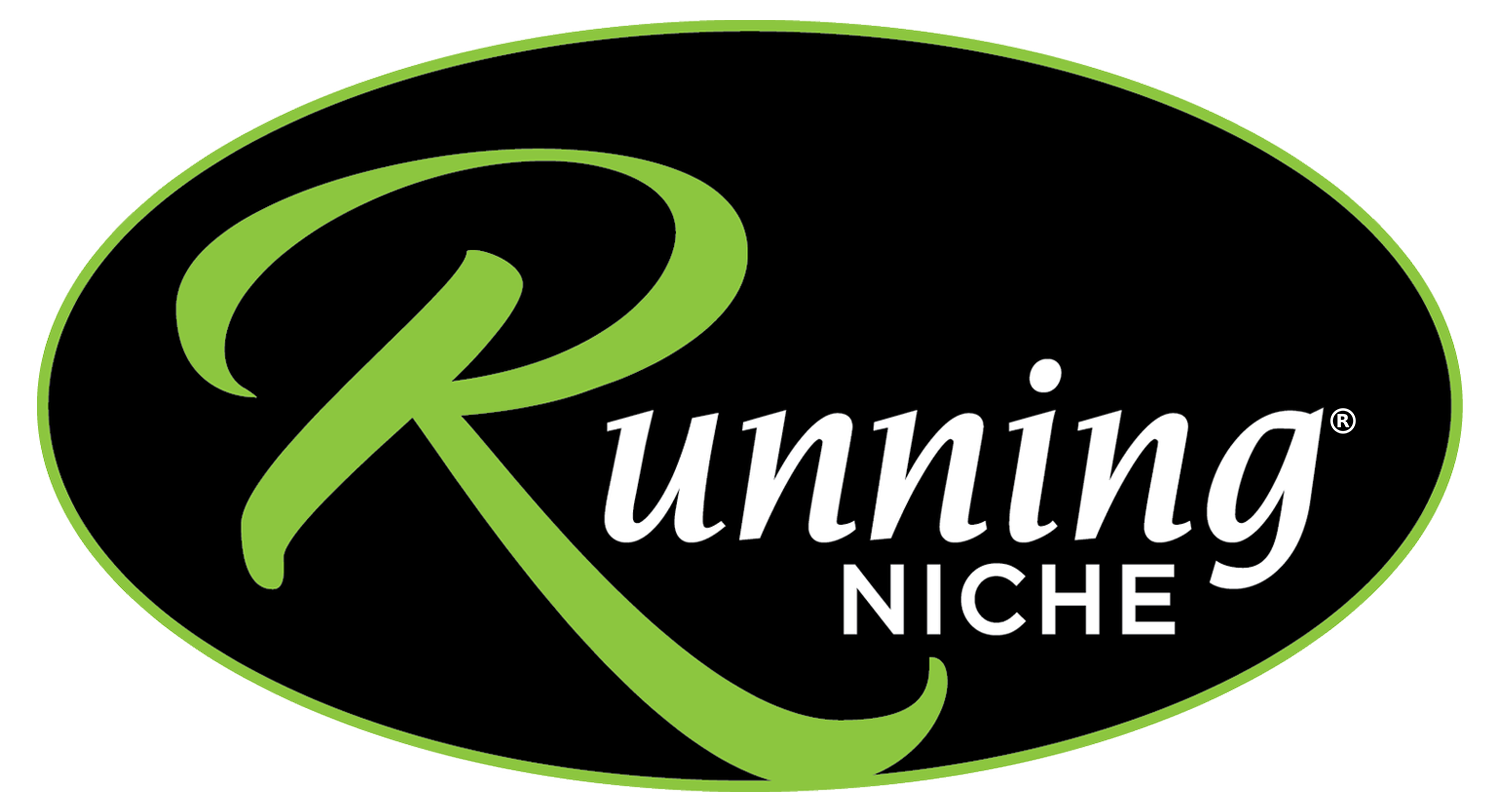Why You Should Rethink the 20 Mile Long Run: Marathon Training Tips
Why the 20-Mile Run is a Controversial Training Method
As we head into early March, I'll see the "holy grail 20-mile run" pop up on training groups’ social media over the next couple weeks in prep for target races late March and early April. Here are some thoughts on whether or not to do the infamous “20 Miler” as you are considering including such a run(s) in your training.
Understanding the Limits of Long-Distance Runs
So, who should be doing 20 milers and when? The litmus test is; can you complete it in less than 2 hour 30 minutes or 9:00 per mile. If yes you are good to go. And doing a 20 miler at least 4 weeks out from goal race is workable. Anything closer jeopardizes fitness, may cause breakdown, sickness or even injury. The longest you should go is 2:45 as beyond that the muscle fibers in your legs incur damage, which then takes days or even several weeks to repair. The slower the runner the more time it will take, the more pounding on the legs creating more physical stress which is impossible to recover from only 4 weeks out from goal race.
Insights from Experienced Marathon Coaches
Dr. Jack Daniels is a world renown exercise physiologist and a coach of Olympic athletes. He received his doctoral degree in exercise physiology from the University of Wisconsin. Named "The World's Best Coach" by Runner's World magazine. Daniels outlined his training philosophies in the 1998 book, Daniels' Running Formula. He mentors and coaches some of America's top distance runners in the country.
Dr. Jack recommends long runs be capped at 2:30 to 3:00 hours max. He says running longer than that offers high risk of injury and burnout. Click here to watch his famous explanation of this on YouTube or watch in the video in this blog post.
Strategies for Building Endurance Without Overtraining
So how should slower runners handle this? The day before their 2.5 hour run, they should be doing something of up-tempo pace, quicker pace of about an hour or so. Then within a 24-hour period they have covered 3:30, more than 15 miles most likely, haven’t damaged their legs and can properly recover. If you have a coach telling you to go out there and run the “20” and you can’t get it done in less than 2:30 ask them why, what is the benefit and how are you going to recover from this without injury. Ask about the science behind their pushing you to do this. We can tell you it’s not there. One last thought is that many times we hear the idea that the runner needs the mental confidence they can run 20 miles. That confidence comes at a steep price, of getting injured, sick or missing workouts and in the end actually jeopardizes the runner’s ability to achieve their goal in the marathon, whatever it may be.
What should you do instead to address the need for longer runs? We have our Lydiard trained runners the day before do an easy run of 8 miles and the next day do your long aerobic run of 10-12 miles. Sometimes depending upon where they are in the cycle the day prior will be of a higher intensity. Within 24 hours you will get in your time, gain the training effect and won’t get hurt or sick. Remember your aerobic benefit occurs between 1 hour 30 mins and 2 hours 30 minutes. That’s the science.
Main Takeaways on the 20 Mile Run
Research has shown that 2:00 - 3:00 hours on your feet, regardless of pace, is optimal for aerobic development. The major physiological benefit occurs between 1:30 and 2:30. Beyond that damaging muscle fiber breakdown happens that can take weeks to recover from.
Recovery from this damage takes minimally 14 days and, in some cases, longer.
The immune system is severely compromised, which increases the risk of contracting colds and the flu and is one of the major causes of overtraining.
If one's long run training pace is 7:00 per mile, it takes the runner about 2:20 to complete a 20 miler. If one has a 9:00 pace it takes about 3:00 is to finish a 20-mile workout. If your comfortable aerobic pace is 9:00+ you should not be undertaking the "20 miler", let alone doing multiple ones leading up to your target race. If your coach is recommending you include 20 milers in your plan over the next couple weeks, and your aerobic training pace is 9:00+, ask the question ‘why do this, what is the benefit, and what are my risks?'
It is the time on your feet that is critical, not the actual distance. If you are out over 3:00 you dramatically increase your probability of injury/illness which in turn may impede your end goal of finishing your marathon.
The physical damage from doing the 20 Miler far outweighs any perceived mental benefit to doing a 20 miler(s) leading up to their marathon. Completing a marathon is a physical endeavor, 99% aerobic. In those last few miles the "mental benefit" of having completed 20 mile runs in training won't help the runner overcome the physical damage incurred.
Arriving at the start line healthy and injury free after having completed a thoughtful training plan, based in science, where each workout serves a purpose and builds on one another is a better way to go.
If you would like to learn more about the Lydiard® Method, please visit our store, Running Niche, and talk with Bob Dyer or Jennifer Henderson, who are both Lydiard® Certified Coaches.
For more information on the topic, check out the video below on Running Niche’s YouTube channel of Bob discussing these same ideas.
